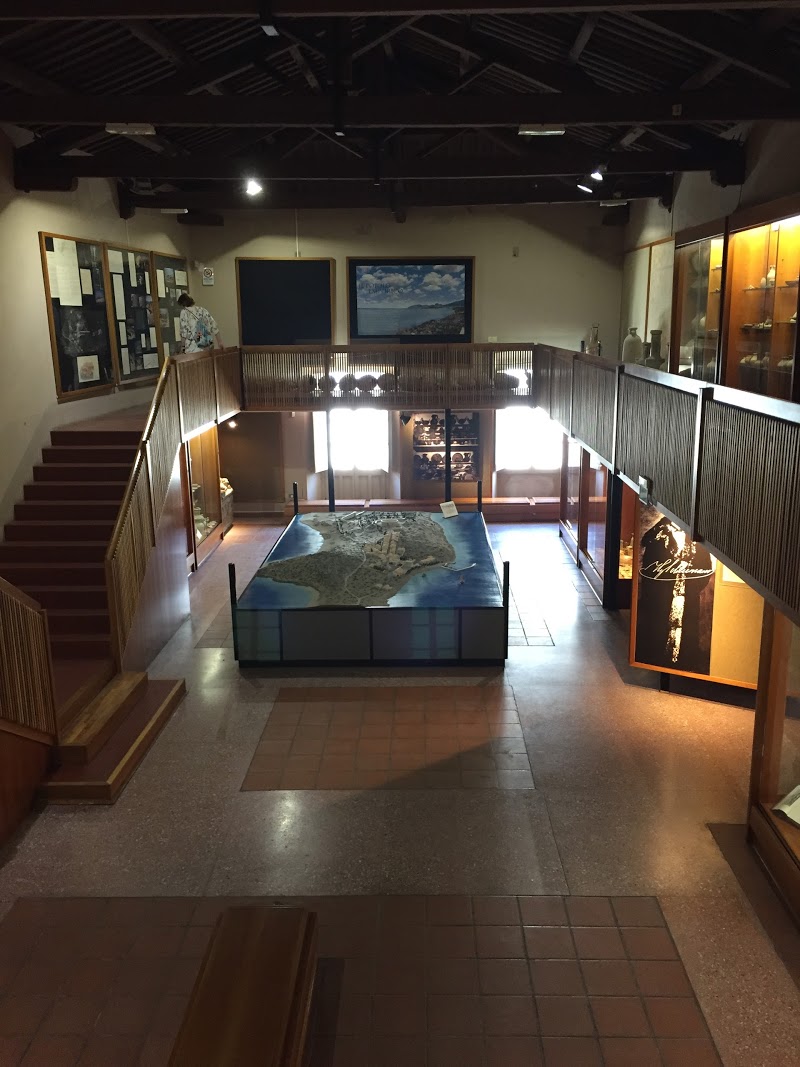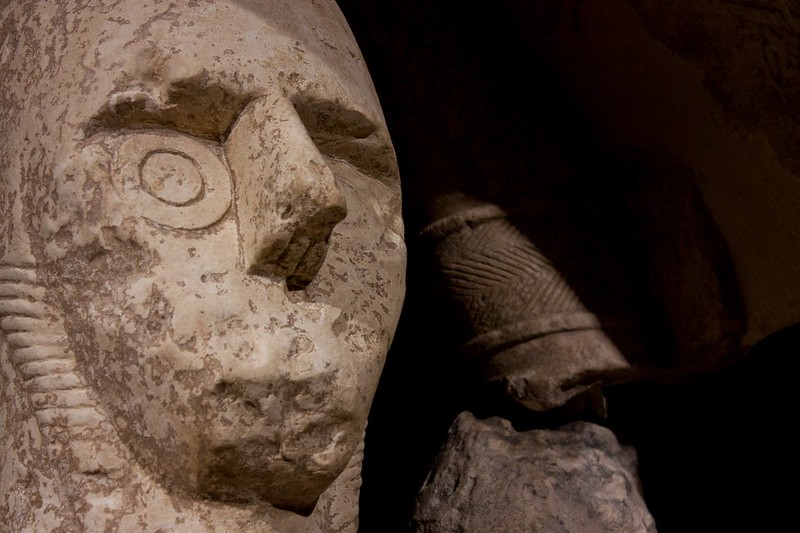Discover Santa Giusta, a charming village located on the northeast side of the homonymous pond, steeped in history and traditions intertwined with the world of wine.
This place, the ancient heir of the Sardo-Punic settlement of “Òthoca,” which later evolved into a Roman city along the road from Kàralis to Turris (Porto Torres), still holds traces of its glorious past.
The majestic cathedral, built in Romanesque style with sandstone stones between 1135 and 1145, stands as a significant landmark for the local community and visitors seeking history and wine-related culture.
Since the 11th century, the cathedral has been home to the bishop’s seat; a sacred place that over centuries witnessed important religious and political events shaping the identity of the surrounding wine region.
Despite the abolition of the bishop’s seat in 1503 by Pope Julius II, the cathedral building remains one of the most striking examples of religious architecture, blending Pisan, Lombard, and Moorish influences that make it truly unique.
- The austere interior with three aisles supported by marble and granite columns from Thàrros, Òthoca, and Neàpolis narrates millennia-old stories linked to local viticulture.
- In the sacristy lie two episcopal mitres dating back to the 14th century, precious treasures attesting to the historical significance of the region in an ecclesiastical context.











